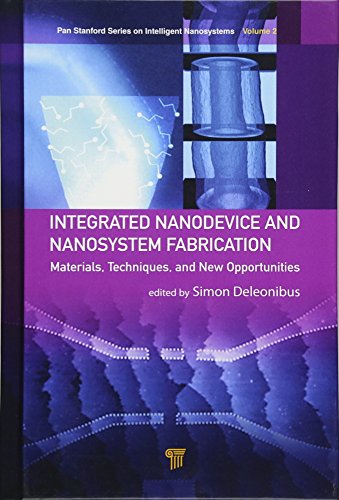

Most ebook files are in PDF format, so you can easily read them using various software such as Foxit Reader or directly on the Google Chrome browser.
Some ebook files are released by publishers in other formats such as .awz, .mobi, .epub, .fb2, etc. You may need to install specific software to read these formats on mobile/PC, such as Calibre.
Please read the tutorial at this link. https://ebooknice.com/page/post?id=faq
We offer FREE conversion to the popular formats you request; however, this may take some time. Therefore, right after payment, please email us, and we will try to provide the service as quickly as possible.
For some exceptional file formats or broken links (if any), please refrain from opening any disputes. Instead, email us first, and we will try to assist within a maximum of 6 hours.
EbookNice Team

Status:
Available5.0
8 reviewsSince its invention, the integrated circuit has necessitated new process modules and numerous architectural changes to improve application performances, power consumption, and cost reduction. Silicon CMOS is now well established to offer the integration of several tens of billions of devices on a chip or in a system. At present, there are important challenges in the introduction of heterogeneous co-integration of materials and devices with the silicon CMOS 2D- and 3D-based platforms. New fabrication techniques allowing strong energy and variability efficiency come in as possible players to improve the various figures of merit of fabrication technology.
Integrated Nanodevice and Nanosystem Fabrication: Breakthroughs and Alternatives is the second volume in the Pan Stanford Series on Intelligent Nanosystems. The book contains 8 chapters and is divided into two parts, the first of which reports breakthrough materials and techniques such as single ion implantation in silicon and diamond, graphene and 2D materials, nanofabrication using scanning probe microscopes, while the second tackles the scaling and architectural aspects of silicon devices through HiK scaling for nanoCMOS, nanoscale epitaxial growth of group IV semiconductors, design for variability co-optimization in SOI FinFETs, and nanowires for CMOS and diversifications.